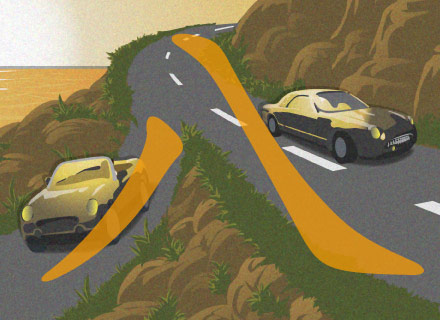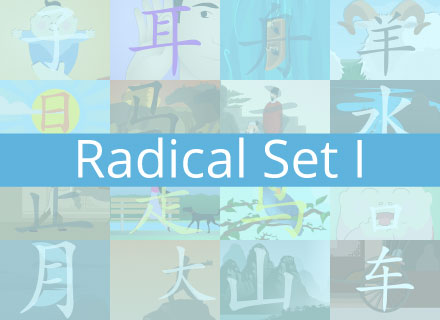见 Jiàn 
Until the 1950's, 见 was written with the character 目 (mù),"Eye", on top of the character 人 (rén), "Person": 見. This form depicts the eye of a person that observes, and is the origin of the meaning of 见, "see". During the 1950's this character was simplified from its tradiitonal form 見 to 见.
见 used to mean "meeting" (见面) as well, like in the idiom "一日不见,如三秋兮" (Yī rì bù jiàn, rú sān qiū xī), "Not seeing (you) for a day is like being apart for three Autumns." Sometimes this idiom is shortened to "一日三秋" (yī rì sānqi). In chinese, the simple phrase "再见" (Zàijiàn) is used to say "Goodbye" which translates to "See you again."
见 is both a word and a radical. As a radical, 见 is used as a component in many words such as 规 (regulation), 览 (view), and 观 (watch).
- Category:Radical, Word
- Formation Method:Pictograph































